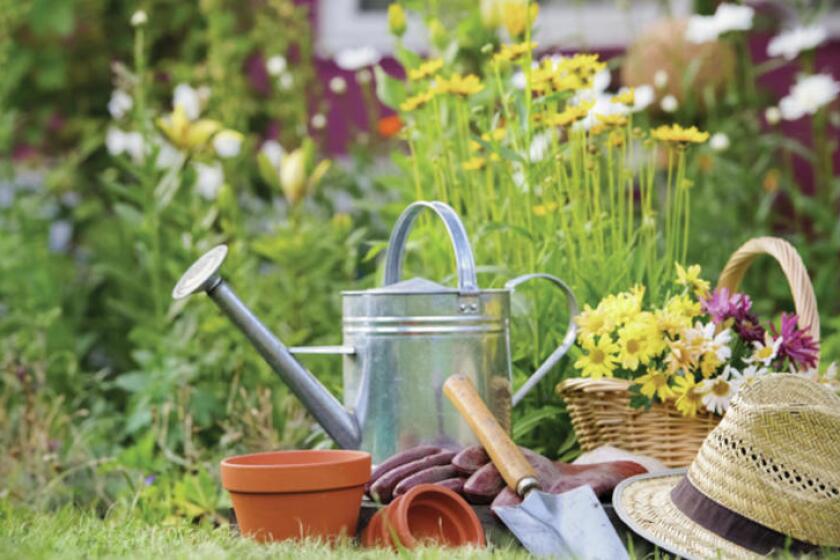Each spring, the Beltrami County Master Gardeners and other local groups collaborate to invite our community to dig into the soil — and into neighborly connection — with our annual One Vegetable, One Community project.
This year, we’re thrilled to announce our 2025 vegetable: Corn!
ADVERTISEMENT
More than just the star of late summer cookouts, corn is deeply woven into Minnesota’s Indigenous and agricultural heritage. Corn has been cultivated by Indigenous people in the Americas for many centuries and remains central to many Native food traditions, including those in northern Minnesota.
Corn is incredibly versatile and surprisingly easy to grow — even in smaller backyards. Whether you're planting a corn patch in your backyard or a playful patch for the wildlife in the front yard, corn invites us to come together to share gardening tips, swap recipes and enjoy the fruits (or rather, ears) of our labor.
OVOC is about building community through gardening. When we all grow the same vegetable, we create opportunities for shared learning, celebration, and fun. Look for corn seed packets this spring at the Bemidji Public Library and Harmony Food Coop — free and ready for you to take home and plant them in the ground.
Corn thrives in Beltrami County’s warm summers and long daylight hours. Here are a few tips for success. Choosing the right variety of corn to fit your needs is the most important. For the backyard grill, a super sweet or sugar-enhanced variety is popular for home gardeners. There are also beautiful ornamental types to use for decorations, and varieties that are nutrient-rich and can be ground into corn flour.
There are also heritage and popcorn varieties. There is even broom corn, which of course, from it, you can make a broom! (Actually, broom corn is a form of ornamental sorghum, so it isn’t corn after all!)
Corn is a warm-season crop. Plant seeds after the danger of frost has passed and soil temperatures are above 60 degrees, typically late May.
Corn is a heavy feeder, which means it needs lots of compost or fertilizer added to the soil before planting. It is a good idea to soak your corn seeds overnight before planting to shorten their germination time. Once the corn has sprouted and is about a foot high, it is helpful to “hill” the corn to help support their shallow root system.
ADVERTISEMENT
Planting corn in blocks is important for pollination. Corn is wind-pollinated, so plant in short blocks (at least four rows across) rather than long single rows for better pollination and full ears.
Consistent watering, about an inch each week, especially during pollination, will help the ears form better.
Make growing corn a community effort. Share OVOC with your neighbors! Involve your neighbors. Then, a great idea would be to have a corn feed with the results of your hard work.
Corny Fact: Corn’s the thing where you throw away the outside and then cook the inside, then eat the outside and throw away the inside.
As your corn grows this summer, come up with creative and corny ways to celebrate corn.
Together, let’s grow something sweet this summer.
Here is a link to some corn salad recipes to try with your home-grown corn:
ADVERTISEMENT
These local garden articles will reach you each week throughout the gardening season, but gardening information can be found year-round by clicking on "Yard and Garden" at the University of Minnesota Extension website, or by visiting our Facebook page at
Local Master Gardeners will respond to questions via voicemail. Call (218) 444-7916, and leave your name, number and question.








